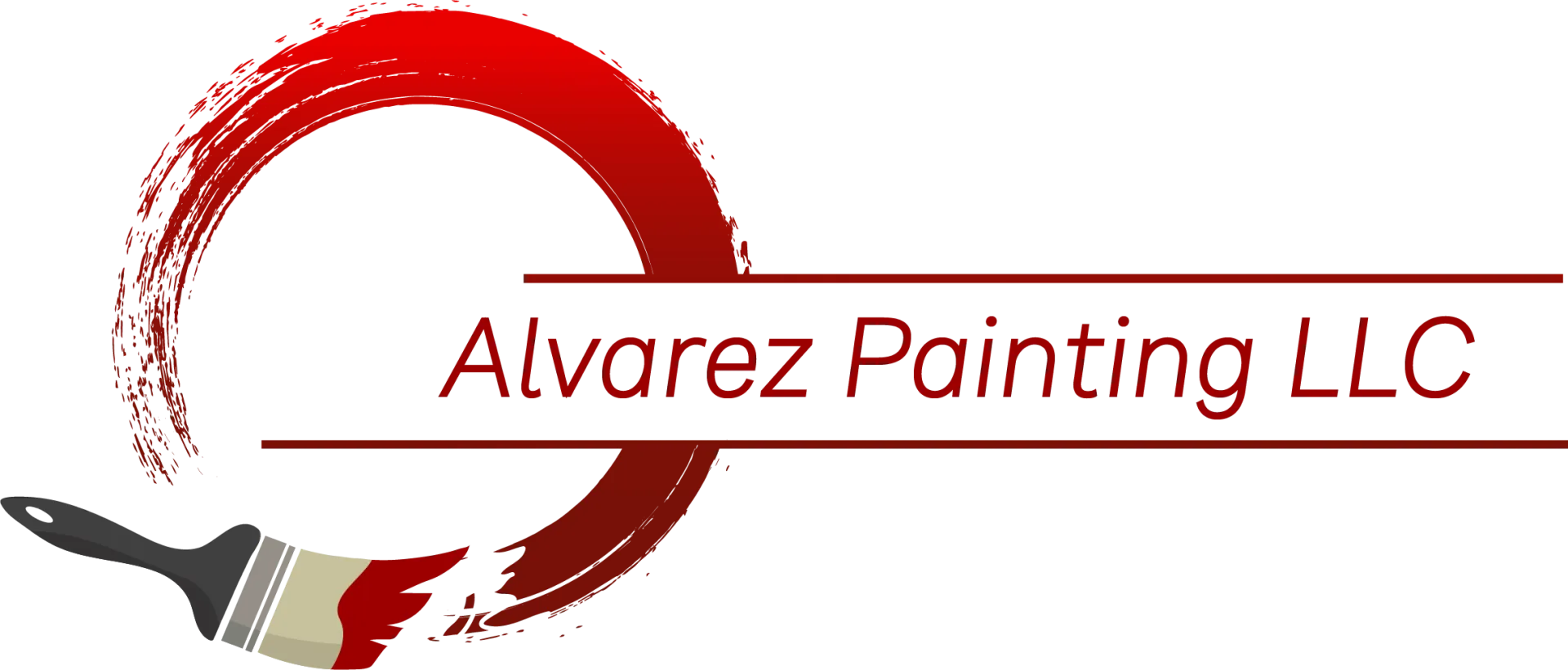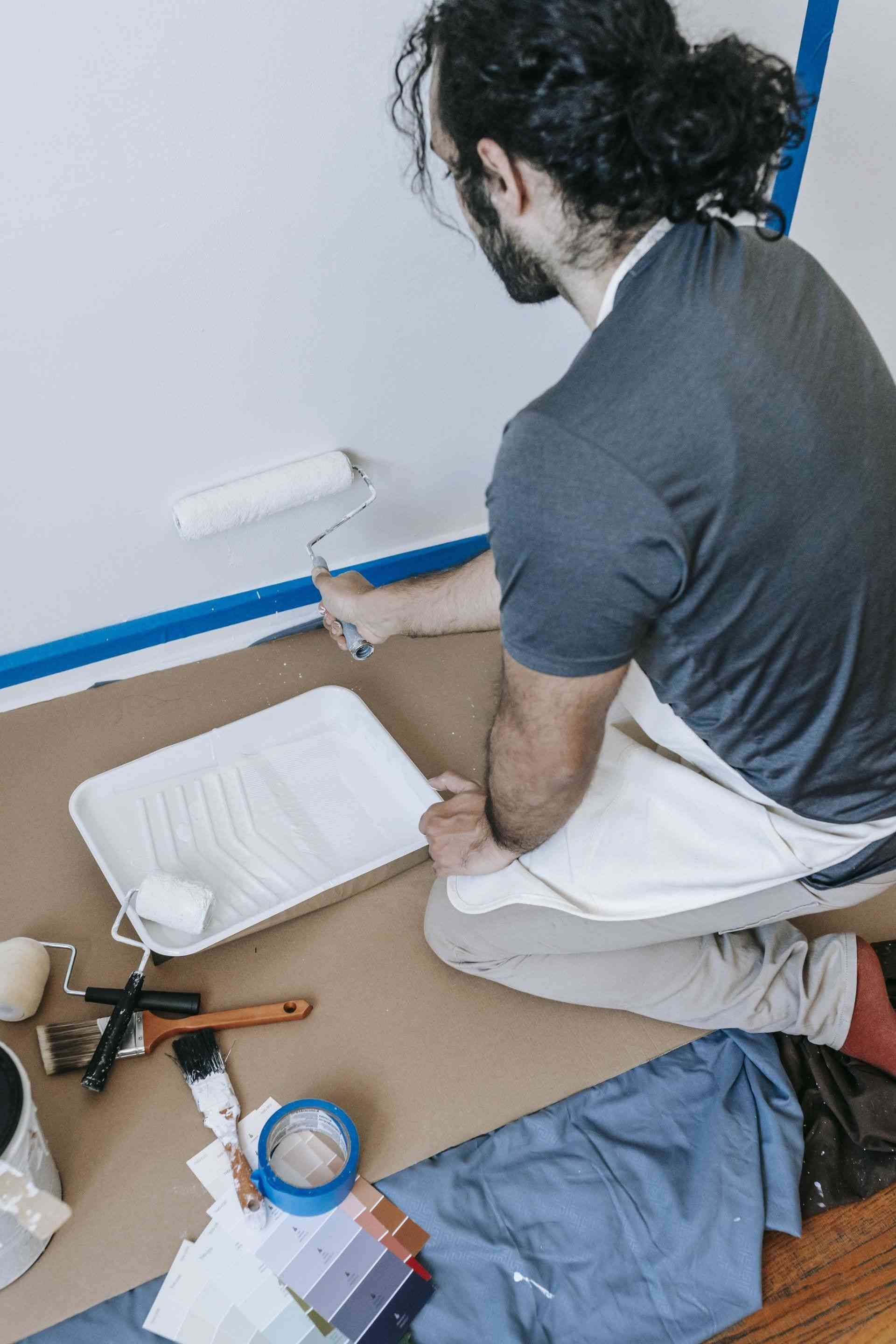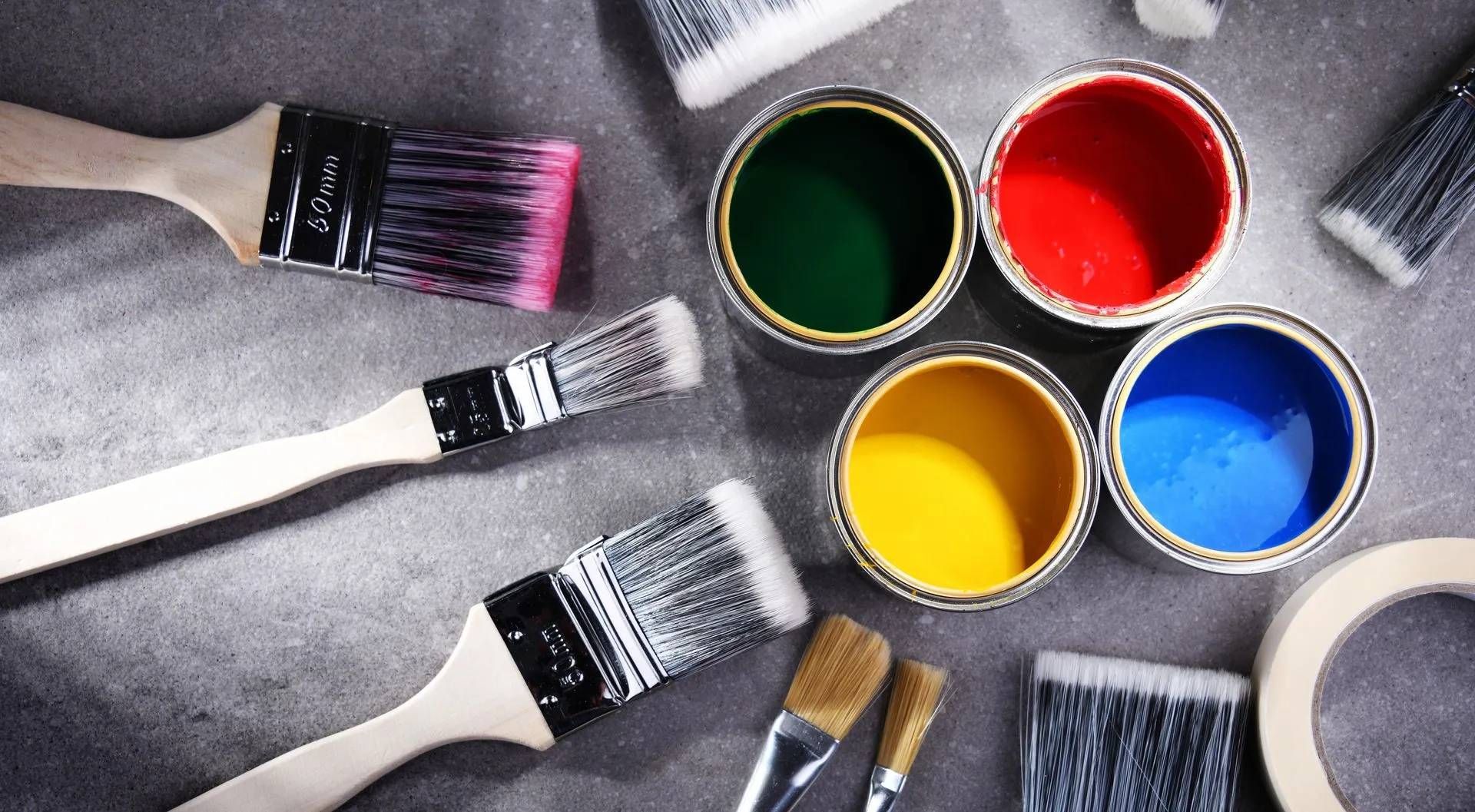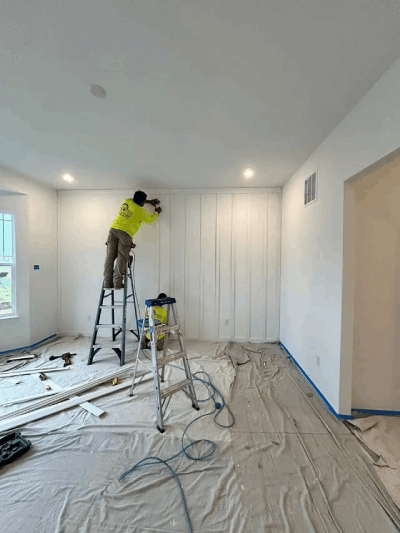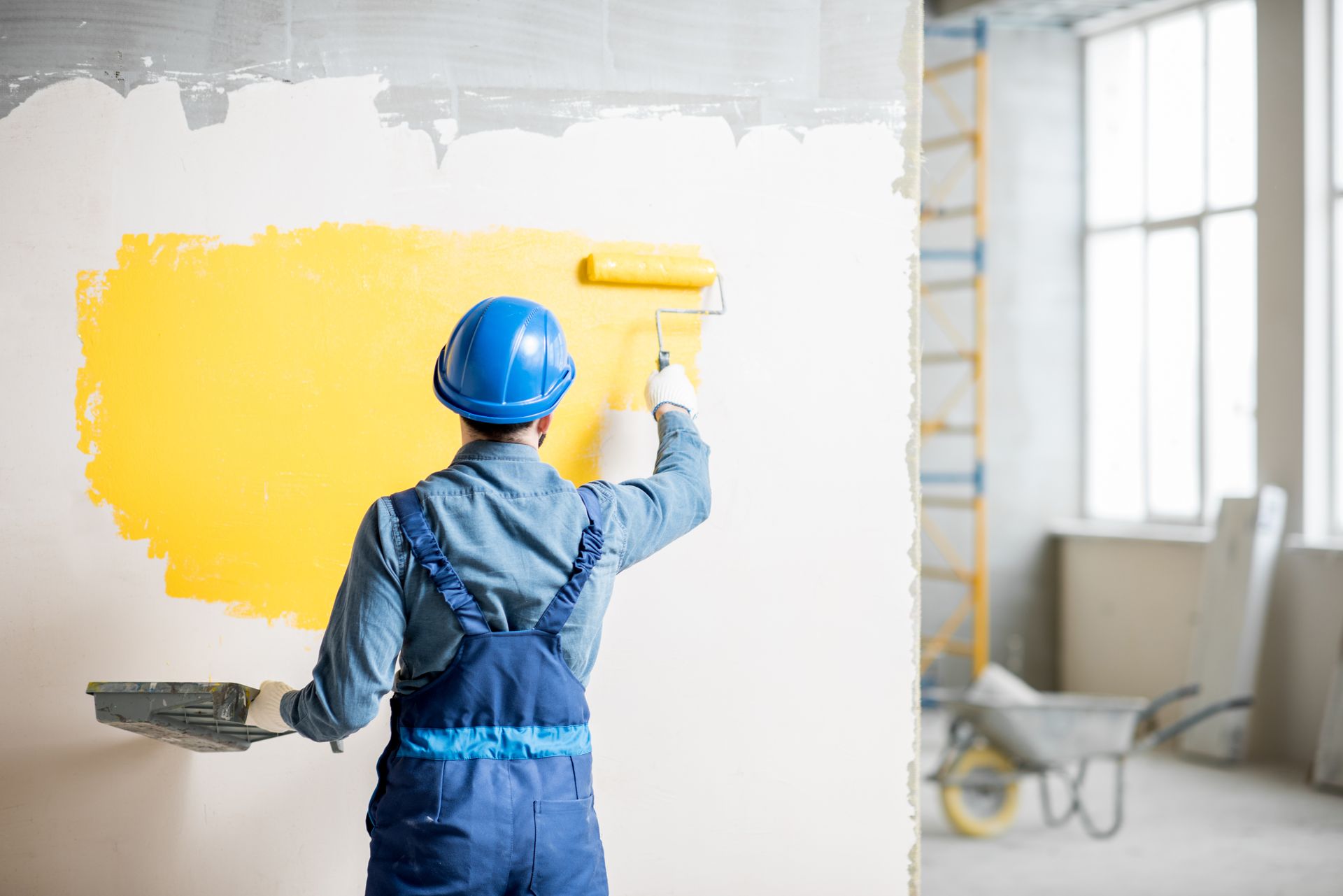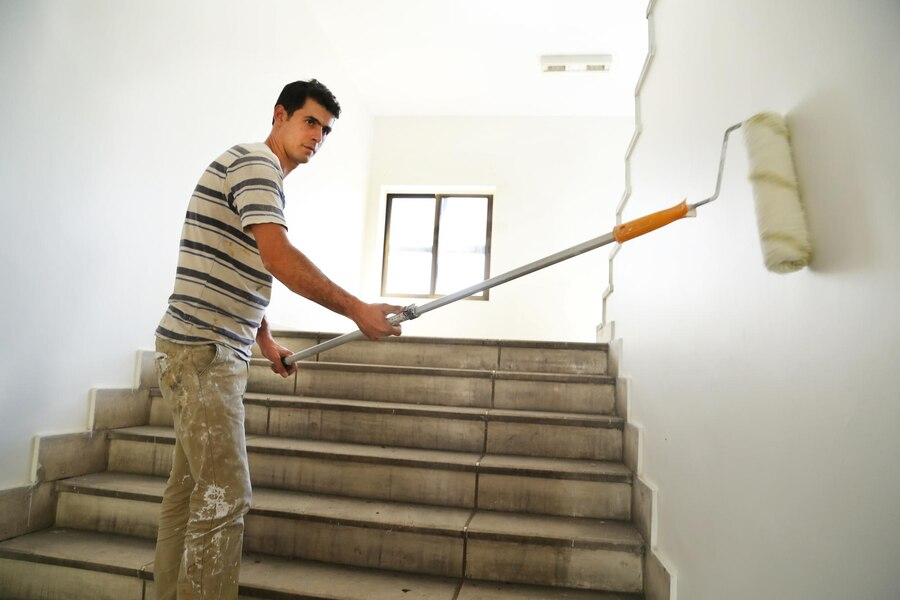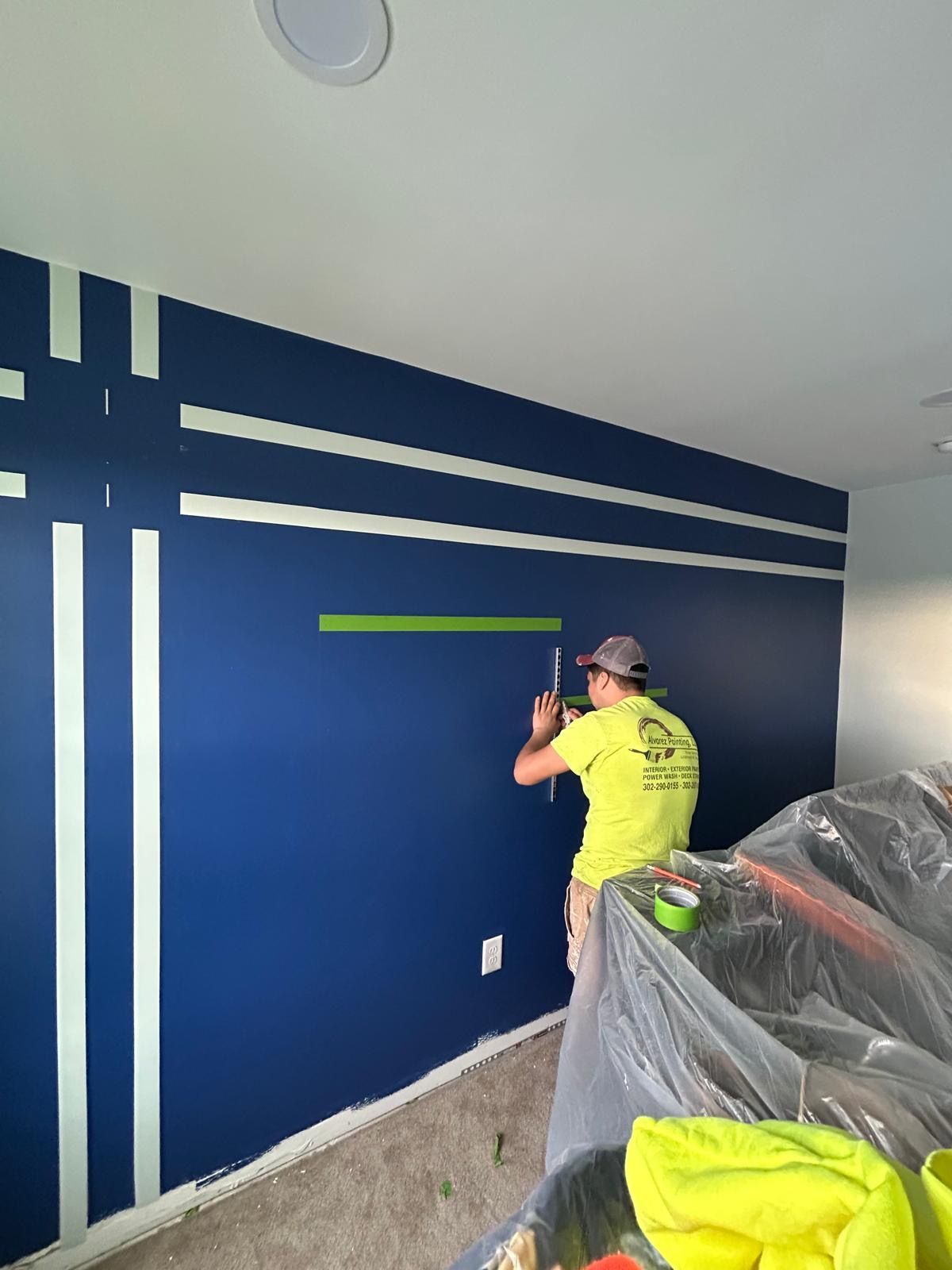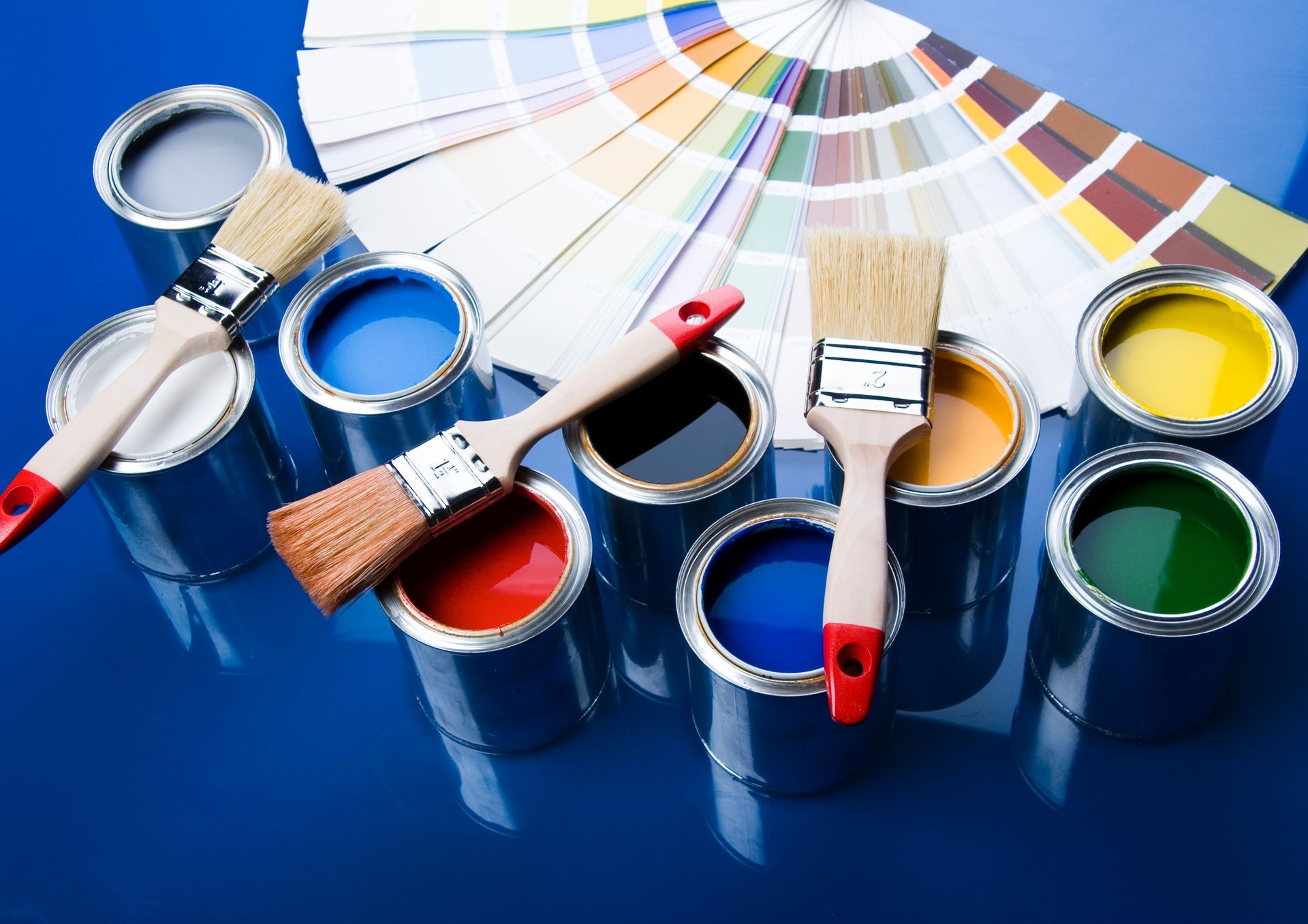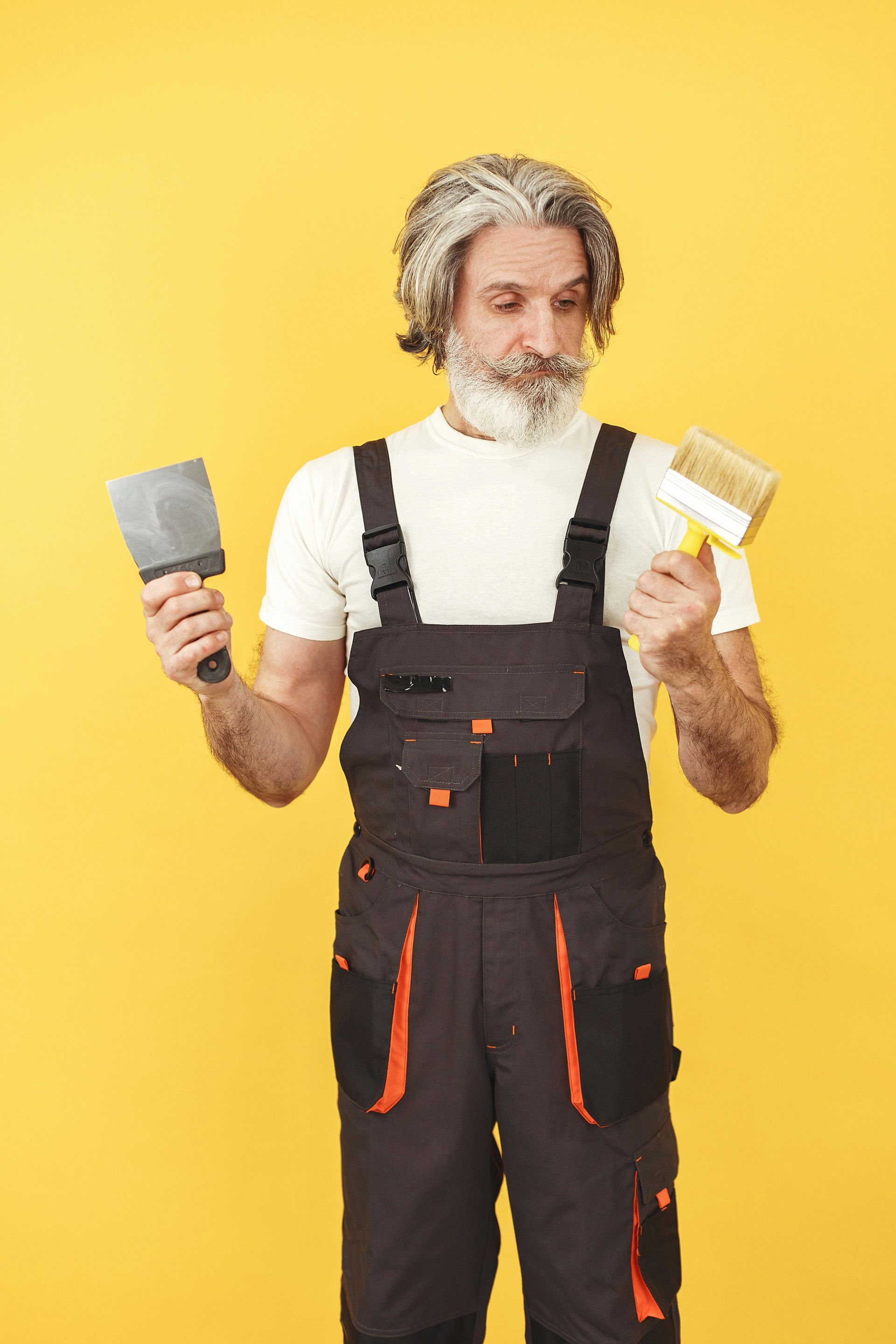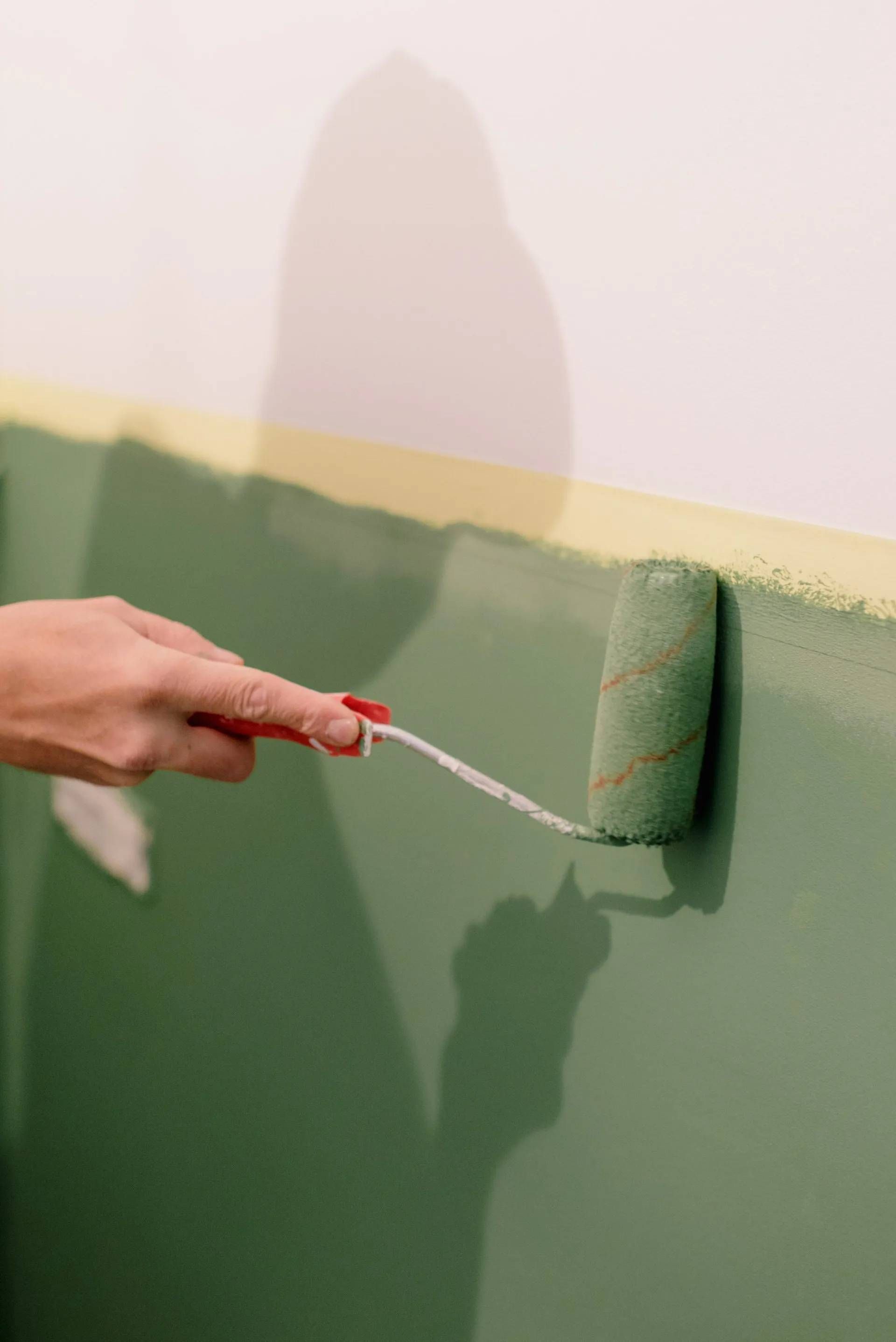Power Washing Vs. Pressure Washing: What’s The Difference?
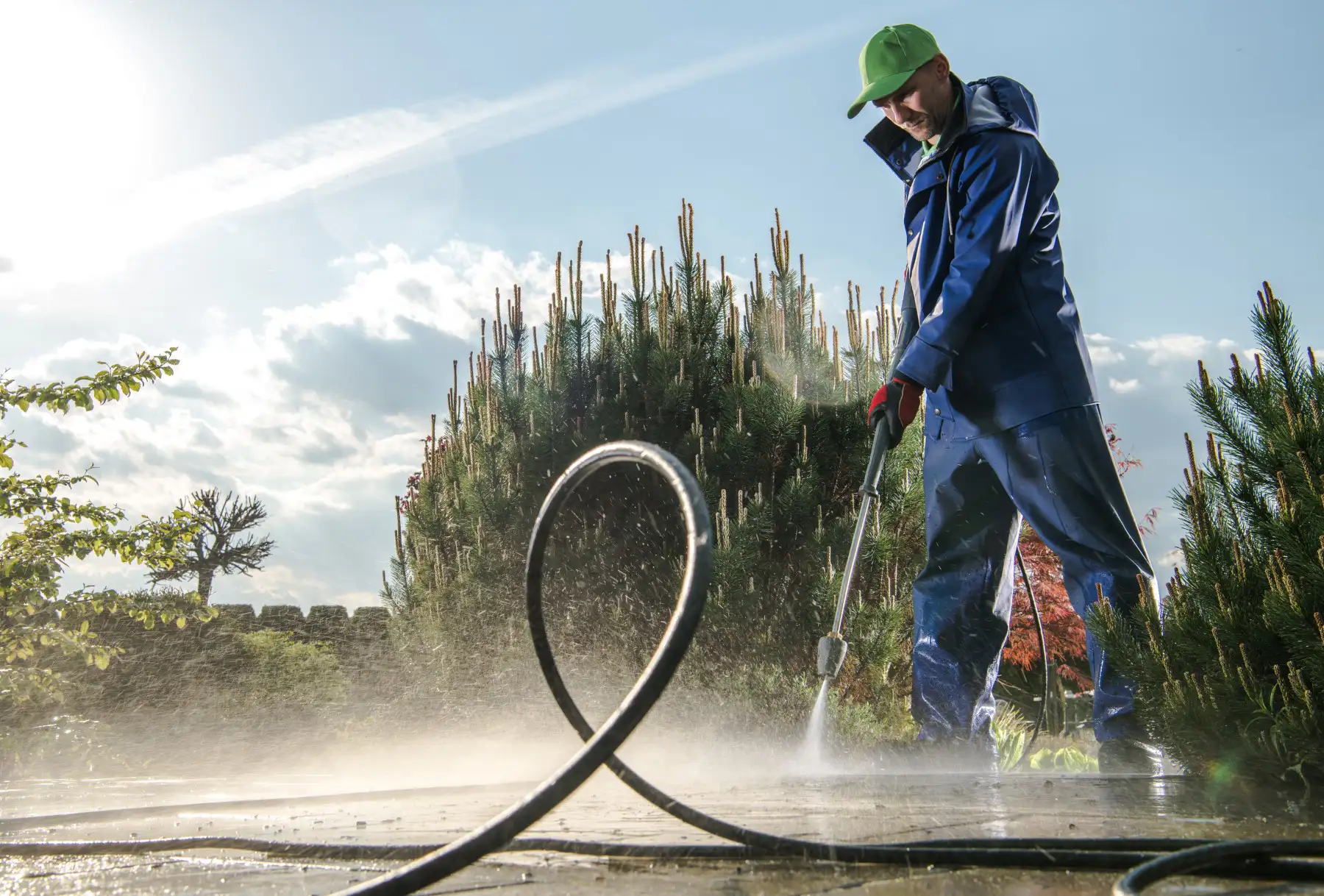
Power washing and pressure washing often get used interchangeably, but they’re not quite the same thing. If you’ve ever been confused about which method is right for your cleaning project, you’re not alone. While both techniques use water to clean surfaces, the differences in their application can make a big impact on the outcome. Power washing utilizes heated water to tackle tough grime and stains, making it ideal for more stubborn jobs. On the other hand, pressure washing relies on high-pressure water jets, which can be better for more delicate surfaces. Let’s break down these methods to help you decide which is best for your needs.
Understanding Power Washing and Pressure Washing
Power washing and pressure washing are two methods used for cleaning various surfaces, but they have distinct differences. Power washing involves using hot water under high pressure to clean surfaces effectively. The heat from the water helps to dissolve stubborn grime, oil, and grease, making it ideal for heavy-duty cleaning tasks.
On the other hand, pressure washing uses cold water at high pressure to remove dirt and debris. It’s effective for a range of surfaces but may not be as efficient at tackling tough stains. Both techniques have their advantages depending on the cleaning requirements, with power washing being preferred for more challenging jobs and pressure washing for general maintenance.
Key Differences Between Power and Pressure Washing
Power washing and pressure washing differ mainly in the water temperature and pressure they use. Power washing employs heated water to enhance cleaning efficiency, particularly useful for removing deep-seated grime, oil, and grease. This method is often chosen for tough jobs like cleaning driveways or removing graffiti. In contrast, pressure washing uses cold water but at a high pressure to blast away dirt and debris.
This method is effective for routine maintenance tasks such as cleaning siding or decks. While power washing can handle more stubborn stains, pressure washing is generally sufficient for lighter cleaning tasks. Understanding these differences helps in selecting the most suitable method for your specific cleaning needs.
The Benefits of Using Heated Water in Power Washing
Heated water in power washing offers several benefits that can make cleaning tasks more effective and efficient. The heat from the water helps to break down and dissolve tough stains, oil, and grease more rapidly than cold water. This can save time and reduce the need for harsh chemicals, making it a more environmentally friendly option. Additionally, hot water can help sanitize surfaces, killing bacteria and mold more effectively.
Power washing with heated water is particularly advantageous for removing graffiti, cleaning industrial equipment, and addressing heavy-duty grime on driveways or sidewalks. Overall, the use of heated water enhances the cleaning process, resulting in a deeper and more thorough clean.
Safety Considerations for Power and Pressure Washing
When using power or pressure washing techniques, safety should always be a priority. Both methods involve high-pressure water that can cause injury or damage if not handled properly. Here are key safety considerations to keep in mind:
- Protective Gear: Always wear safety goggles, gloves, and sturdy footwear to shield yourself from debris and high-pressure water. Protective clothing can prevent injuries from accidental splashes.
- Proper Training: Ensure you or the operator are trained in using the equipment correctly. Misuse can lead to damage or personal injury.
- Inspect Equipment: Regularly check hoses, nozzles, and other equipment components for wear and tear to avoid malfunctions that could be dangerous.
- Maintain Safe Distance: Keep a safe distance from the surface being cleaned and avoid directing the nozzle towards yourself or others.
- Avoid Electrical Hazards: Be cautious around electrical outlets, wiring, and appliances. Water and electricity are a dangerous combination.
Prioritizing these safety measures helps ensure a smooth and incident-free cleaning process. Always follow manufacturer guidelines and safety protocols to protect yourself and your property.
Choosing the Right Technique for Your Cleaning Needs
Selecting between power washing and pressure washing depends on various factors related to your cleaning project. Here’s how to determine which method is best suited for your needs:
- Type of Surface: Consider the surface you need to clean. Power washing is better for tough, grime-covered surfaces, while pressure washing works well for general maintenance.
- Level of Dirt: For heavy-duty cleaning, such as removing grease or mildew, power washing with heated water is often more effective. For regular dirt and debris, pressure washing may be sufficient.
- Environmental Impact: If you prefer a more environmentally friendly option, pressure washing uses cold water and may reduce the need for harsh chemicals compared to power washing.
- Cost and Equipment: Power washing generally requires more specialized equipment and comes with a higher cost. Evaluate your budget and equipment availability when choosing a method.
- Surface Sensitivity: For delicate surfaces like wood or painted areas, pressure washing with lower pressure is safer to prevent damage.
Choosing the right technique ensures you get the best results for your cleaning tasks while protecting your surfaces and budget. Assess your specific needs and conditions to make an informed decision.
When to Choose Pressure Washing for Your Home
Pressure washing is a versatile and effective cleaning method for various home maintenance tasks. It uses high-pressure water jets to remove dirt, mold, mildew, and other debris from surfaces like siding, decks, driveways, and patios. Pressure washing is particularly useful for routine cleaning because it does not require heated water, making it a cost-effective and energy-efficient option.
It’s suitable for surfaces that can withstand high pressure without damage, such as concrete and vinyl. For general upkeep, pressure washing provides a thorough clean without the need for specialized equipment or techniques. Choosing pressure washing for routine tasks ensures your home maintains a fresh appearance and is free from accumulated grime.
Impact of Water Pressure on Various Surfaces
The impact of water pressure on different surfaces can vary significantly, influencing the effectiveness and safety of the cleaning process. High water pressure can efficiently remove stubborn dirt and grime but may cause damage if not used correctly. For durable surfaces like concrete or brick, high pressure is generally safe and effective. However, delicate surfaces such as wood, painted surfaces, or asphalt can be damaged by excessive pressure, potentially leading to peeling paint or surface erosion.
Lower pressure settings are preferable for these more sensitive materials to prevent damage. Understanding the appropriate pressure levels for different surfaces helps in achieving optimal cleaning results while preserving the integrity of the materials.
Cost Comparison of Power Washing vs. Pressure Washing
The cost of power washing typically exceeds that of pressure washing due to the additional expenses associated with heating the water and the specialized equipment required. Power washing’s higher cost is often justified by its superior ability to handle tough cleaning jobs, such as removing heavy grime, grease, or graffiti. On the other hand, pressure washing is generally more affordable and suitable for routine maintenance tasks, making it a cost-effective choice for regular upkeep.
While power washing may provide more dramatic results for challenging stains, pressure washing offers good value for less demanding tasks. Evaluating the costs in relation to the cleaning needs can help determine the most economical and effective option.
Conclusion
Understanding the differences between power washing and pressure washing is crucial for selecting the right cleaning method for your needs. Power washing, with its use of heated water, is ideal for tackling tough grime and heavy-duty cleaning, while pressure washing efficiently handles general maintenance tasks with cold water. By considering factors such as surface type, level of dirt, environmental impact, and cost, you can make an informed decision that ensures optimal results. At Alvarez Painting LLC, we are here to help you choose the best method for your home or business. For professional advice and expert services, contact us at 113 Stanton Rd, Wilmington, DE 19804, or call us today.
